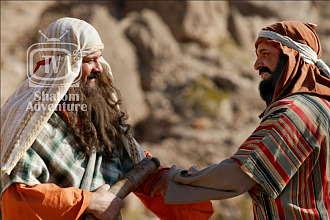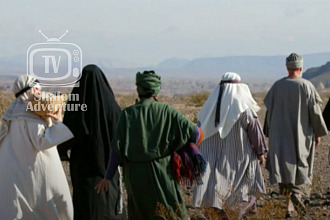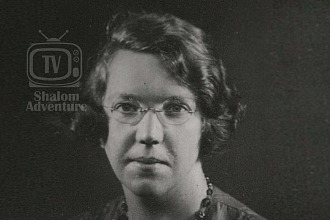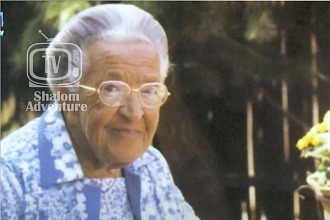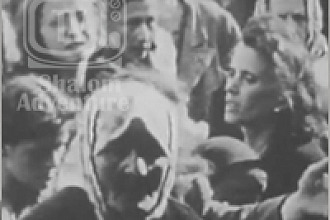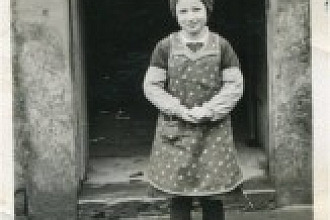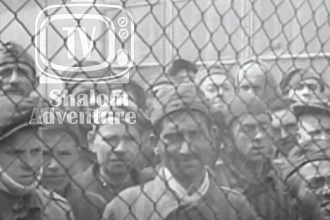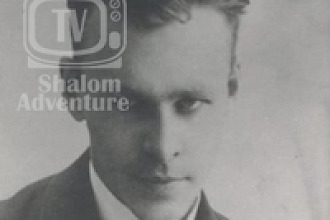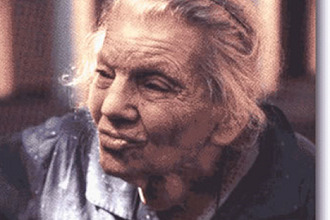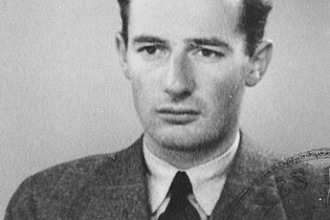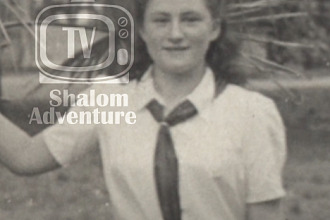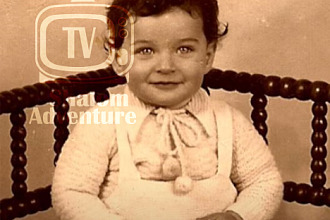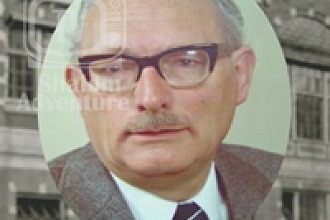Born near Solingen, Germany to a Protestant family, Adolf Eichmann, nicknamed “Little Jew” by his friends and classmates due to his physical complexion, spent his childhood years in Linz, Austria.
Eichmann originally pursued post-graduate engineering studies, but failed his coursework ultimately pursuing traveling sales for an American oil company and manual labor for his father’s mining operation before joining the Austrian Nazi Party in 1932 per the suggestion of a friend. (1,2)
Eichmann became a SS member and later SS corporal at Dachau, the first of the concentration camps to open in 1933. He left Dachau finding the work menial and boring, rather finding work as a filing clerk for a SS security service collecting and organizing information about Freemasons and affluent Jews. This was the catalyst for an intensive study in Jewish culture, immersing himself in the Jewish neighborhoods of his area, and studying Hebrew and Yiddish. This led to his appointment in the Sicherheitsdienst (SD) Scientific Museum of Jewish Affairs and subsequent assignment to investigate government solutions to the “Jewish problem.” The Nazi Party sent Eichmann to Palestine in 1937 to investigate mass deportation of Jews there, but the British insisted he leave the country before any decisions could be finalized. (1)
Upon his return to Germany, Eichmann was designated as the Gestapo Head of Section IV B4 in the Reich Main Security Office in Berlin. This made him responsible for implementing Nazi directives not only in Germany but also sixteen other occupied countries. One of his unsuccessful ideas included attempting mass deportation of the Jews to Madagascar in 1940. However, he was subsequently successful co-ordering 3.35 million Polish Jews to ghettos and concentration camps, sending SS Einsatz groups to occupied areas of the Soviet Union to mass exterminate various undesirable groups, personally traveling to witness mass executions in Minsk and the Lvov ghetto describing some scenes as “geysers” where blood and gasses were pressure released from the ditches where the bodies were buried. He was also involved in finalizing gas chamber locations and use of Xyklon B at Auschwitz and traveling to witness executions there personally as well as hasten the gassing and burning process of Jews at Auschwitz just prior to the deportation of survivors to Hungary in 1944. It is estimated Eichmann is responsible for the annihilation of 4 million Jews in death camps, another 2 million Jews in various mobile killing units, and deportations of tens of thousands of gypsies. (1,2)
Eichmann was arrested and imprisoned by the Americans post-Nazi surrender. He escaped to Suarez, a suburb of Buenos Aires, Argentina in 1950 with the assistance of the SS underground taking on “Ricardo Klement” as his new identity. He used many forged license plates and assuming the role of a South American tourist until Israeli Mossad agents apprehended and extradited him to Jerusalem blindfolded, dressed as a pilot, and with forged vaccination records for his El Al flight. The Argentine government had no prior knowledge or advance notice of this operation, raising some questions about the legality of his extradition under international law. He underwent trial in 1960 for crimes against the Jewish people, crimes against humanity, and war crimes as defined by the Nazis and Nazis Collaborators Punishment Law as adopted by the Knesset in 1950. He was also charged for his active memberships in the Gestapo, Storm Troopers, Secret Service, and other Nazi organizations deemed criminal under the Nuremberg Trials. (1,2,3,4)
Despite pleas for clemency claiming he was only innocently following the orders of his superiors from his bulletproof glass booth in a Jerusalem court room, Israeli attorney general Gideon Hausner found Eichmann guilty on all 15 counts. He was hanged at Ramleh Prison in 1962. Following cremation, his ashes were spread upon the Mediterranean Sea beyond the range of Israel territorial waters. (2, 3)
“In this place where I stand before you, Judges of Israel, in this court to serve as the prosecutor of Adolf Eichmann, I do not stand alone. With me at this moment are six million prosecutors.” Gideon Hausner, Adolf Eichmann's prosecutor. (2)
References:
1. The History Place. "Adolf Eichmann - Biography." The History Place, 1997, http://www.historyplace.com/worldwar2/biographies/eichmann-biography.htm, accessed 24 March 2018.
2. United States Holocaust Memorial Museum. "Adolf Eichmann." Holocaust Encyclopedia. https://www.ushmm.org/wlc/en/article.php?ModuleId=10007412, accessed 24 March 2018.
3. Operation Finale: The Capture and Trial of Adolf Eichmann. Spring 2018, Florida Holocaust Museum, St. Petersburg, Florida.
4. Baade, HW. “The Eichmann Trial: Some Legal Aspects.” Duke University Law Scholarship, 1961, scholarship.law.duke.edu/cgi/viewcontent.cgi?article=1766&context=dlj, accessed 24 March 2018.




